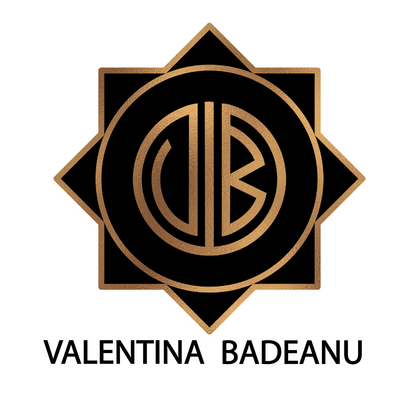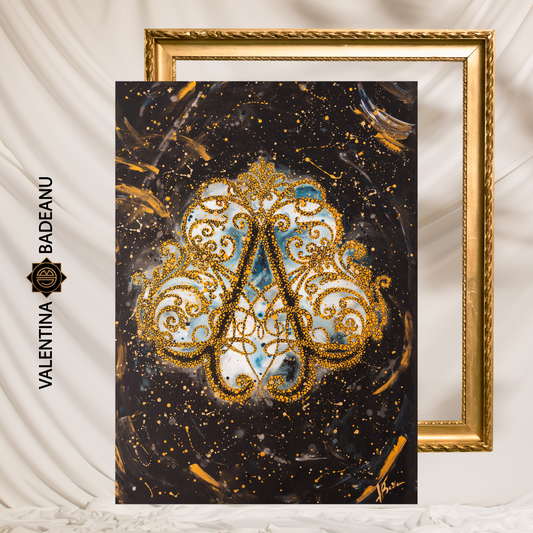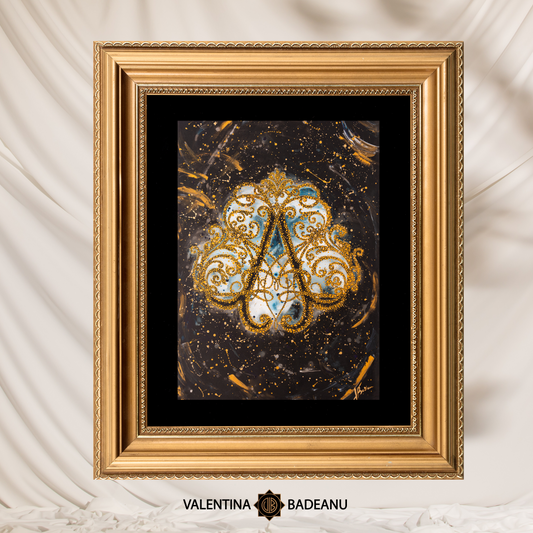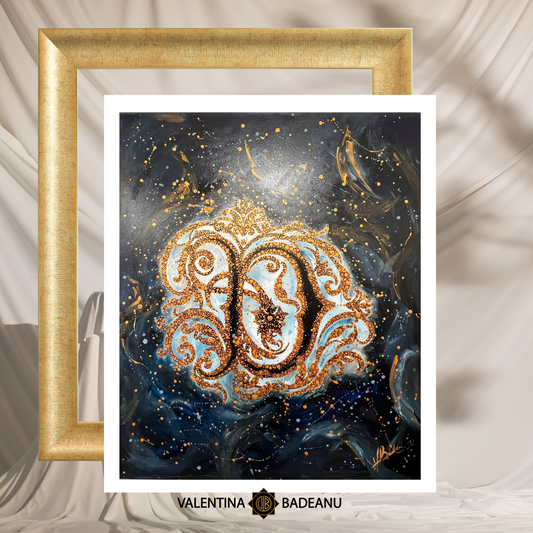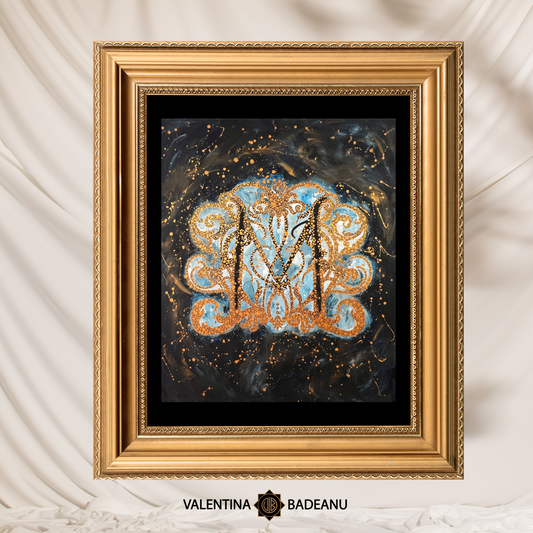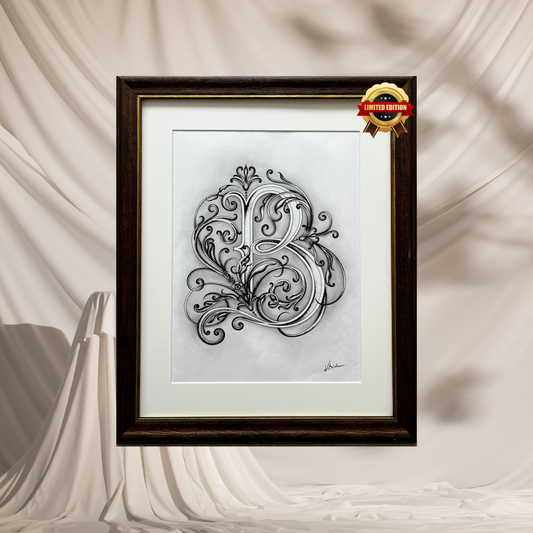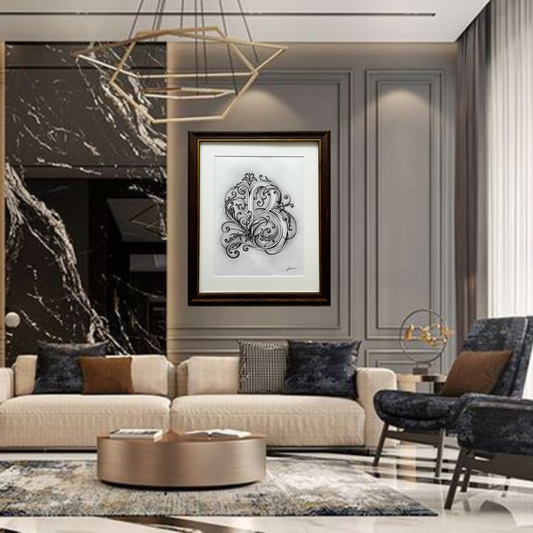-
Awakening Original Monogram
Vendor:Valentina Badeanu DesignRegular price €2.444,00 EURRegular priceUnit price per€4.888,00 EURSale price €2.444,00 EURSale -
D MASTER Original Monogram
Vendor:Valentina Badeanu DesignRegular price €2.444,00 EURRegular priceUnit price per€4.888,00 EURSale price €2.444,00 EURSale -
M MASTER Original Monogram
Vendor:Valentina Badeanu DesignRegular price €2.444,00 EURRegular priceUnit price per€4.888,00 EURSale price €2.444,00 EURSale -
A Original Monogram - Silver Foil, Elegant Silver frame
Vendor:Valentina Badeanu DesignRegular price €1.000,00 EURRegular priceUnit price per€1.300,00 EURSale price €1.000,00 EURSale -
A Original Monogram - Silver Foil, Elegant Black frame
Vendor:Valentina Badeanu DesignRegular price €1.000,00 EURRegular priceUnit price per€1.300,00 EURSale price €1.000,00 EURSale -
A Original Monogram - Silver Foil, Wenge frame
Vendor:Valentina Badeanu DesignRegular price €1.000,00 EURRegular priceUnit price per€1.300,00 EURSale price €1.000,00 EURSale -
A Original Monogram - 24K Gold Foil, Wenge frame
Vendor:Valentina Badeanu DesignRegular price €1.000,00 EURRegular priceUnit price per€1.300,00 EURSale price €1.000,00 EURSale -
A Original Monogram - 24K Gold Foil, Elegant Black frame
Vendor:Valentina Badeanu DesignRegular price €1.000,00 EURRegular priceUnit price per€1.300,00 EURSale price €1.000,00 EURSale -
A Original Monogram - 24K Gold Foil, Elegant White frame
Vendor:Valentina Badeanu DesignRegular price €1.000,00 EURRegular priceUnit price per€1.300,00 EURSale price €1.000,00 EURSale -
A Original Monogram - 24K Gold Foil, Gold frame
Vendor:Valentina Badeanu DesignRegular price €1.000,00 EURRegular priceUnit price per€1.300,00 EURSale price €1.000,00 EURSale -
A Original Monogram - Classic, Wenge frame
Vendor:Valentina Badeanu DesignRegular price €1.000,00 EURRegular priceUnit price per€1.300,00 EURSale price €1.000,00 EURSale -
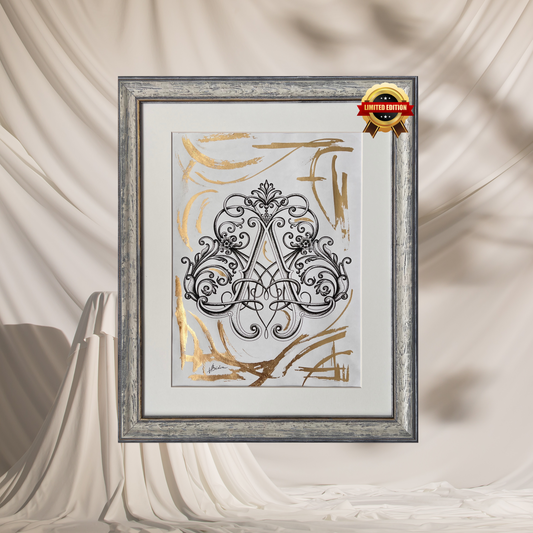 Sale
SaleA Monogram - Gold 3
Vendor:Valentina Badeanu DesignRegular price €240,00 EURRegular priceUnit price per€300,00 EURSale price €240,00 EURSale -
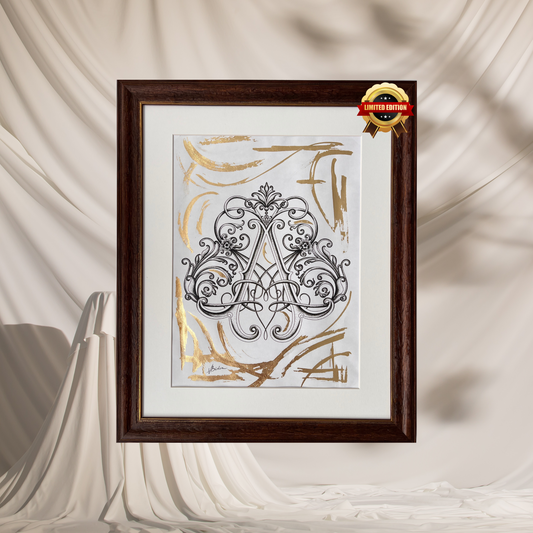 Sale
SaleA Monogram - Gold 2
Vendor:Valentina Badeanu DesignRegular price €240,00 EURRegular priceUnit price per€300,00 EURSale price €240,00 EURSale -
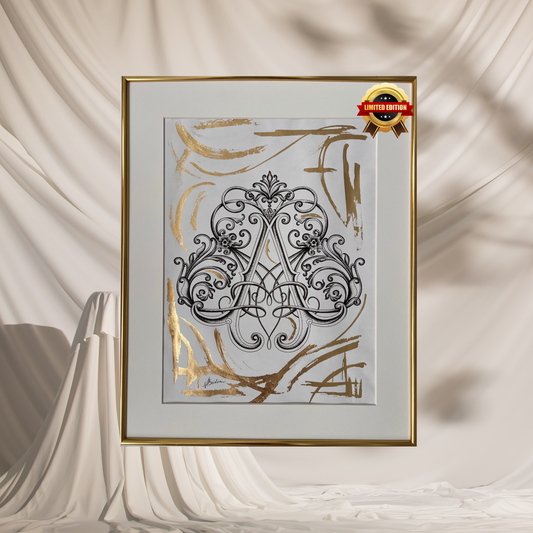 Sale
SaleA Monogram - Gold 1
Vendor:Valentina Badeanu DesignRegular price €240,00 EURRegular priceUnit price per€300,00 EURSale price €240,00 EURSale -
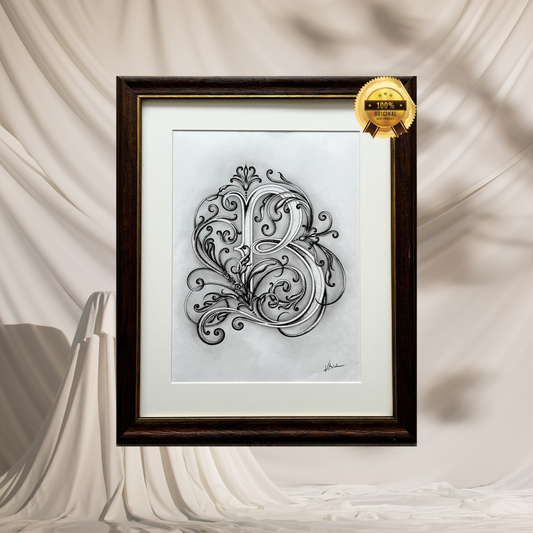
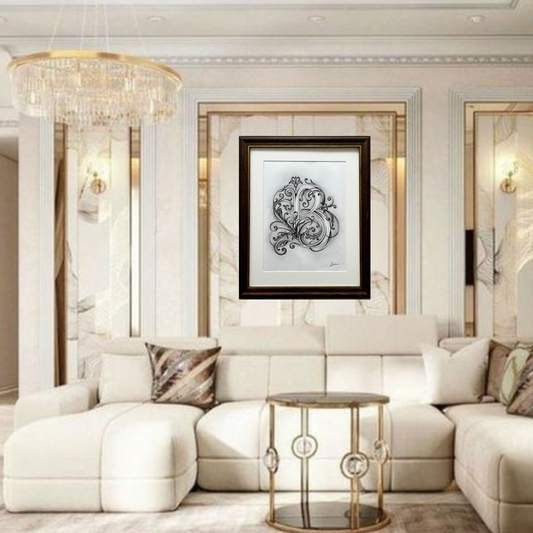 Sale
SaleB Original Monogram
Vendor:Valentina Badeanu DesignRegular price €1.000,00 EURRegular priceUnit price per€1.300,00 EURSale price €1.000,00 EURSale -
B Monogram - Limited Edition Artwork
Vendor:Valentina Badeanu DesignRegular price €240,00 EURRegular priceUnit price per€300,00 EURSale price €240,00 EURSale
